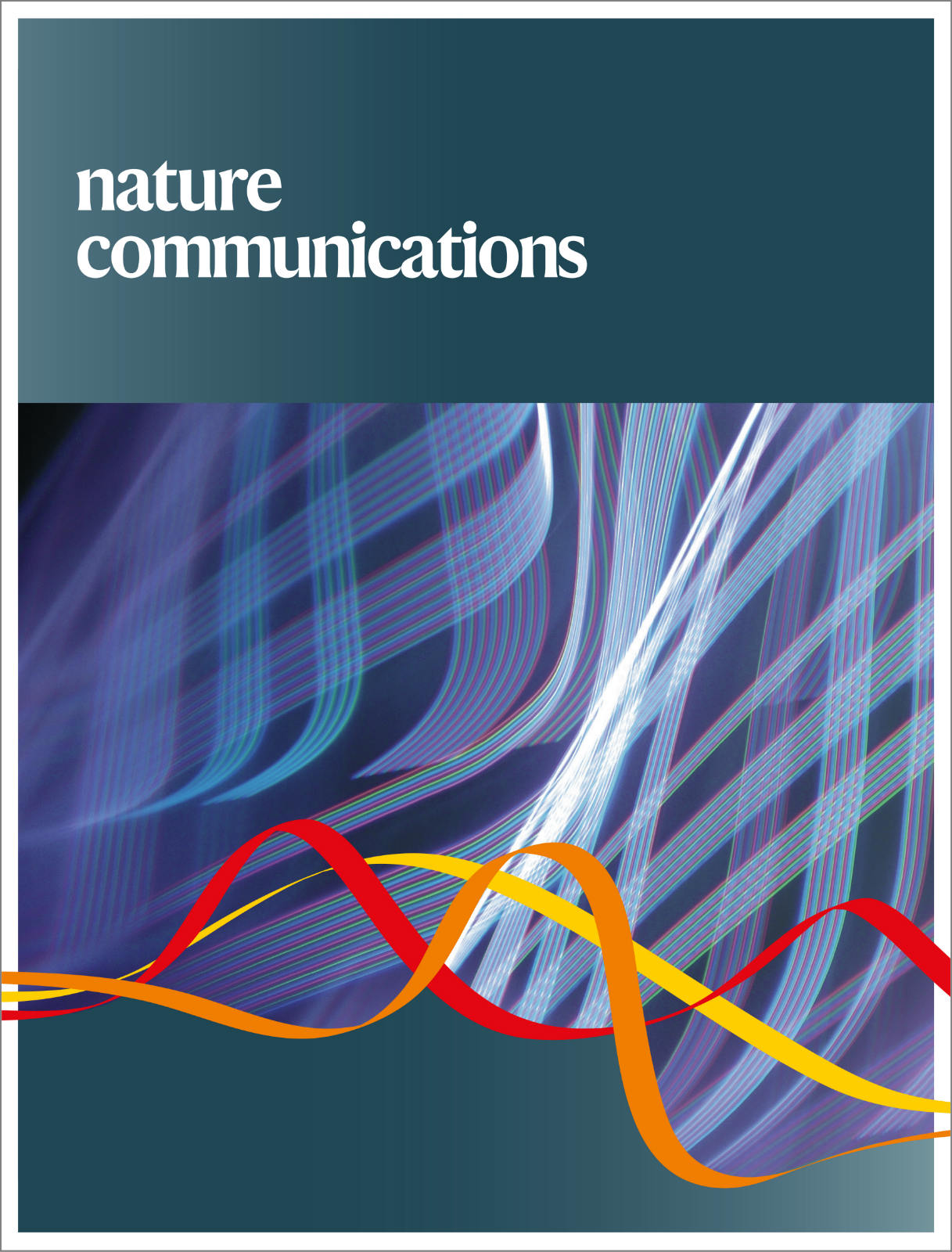Chern networks: reconciling fundamental physics and device engineering
IF 14.7
1区 综合性期刊
Q1 MULTIDISCIPLINARY SCIENCES
引用次数: 0
Abstract
A rift has occurred within the scientific community between two formerly close-knit fields: condensed matter physics and electronic device engineering. What started as a union to understand the fundamental optical and electrical properties of semiconductors has been split by divergent interests. While the partnership has produced revolutionary changes in the way that information is processed and consumed by an increasingly interconnected society, now the two disciplines rarely speak to one another. As the years have passed, condensed matter physics has become enamored with delicate electronic effects in increasingly complex materials and geometries to the detriment of realistic applications. Meanwhile, device engineering has remained steadfastly focused on room-temperature performance and overall efficiency, prizing incremental improvement over potential disruptive advances using alternative materials and physics. Recent advances in topological electronic systems—in particular those exploiting Chern insulators—while elegant, prompt a necessary reexamination of the device engineering needs and the associated metrics with the goal of establishing a commonality within the blooming field of topological electronics. The purpose of this Comment is to initiate such a reexamination in the hopes that, with a better understanding of future device needs, perhaps the two areas may reunite to usher in the next electronic revolution via the use of topological phenomena.

陈网络:调和基础物理与设备工程
在科学界,凝聚态物理和电子设备工程这两个以前紧密联系的领域之间出现了裂痕。一开始是一个了解半导体基本光学和电学特性的联盟,现在却因利益分歧而分裂。尽管这一合作关系给日益相互关联的社会处理和消费信息的方式带来了革命性的变化,但现在这两个学科很少相互交流。随着时间的流逝,凝聚态物理学已经变得迷恋于在日益复杂的材料和几何结构中精细的电子效应,而不利于现实应用。与此同时,设备工程仍然坚定地关注室温性能和整体效率,重视增量改进,而不是使用替代材料和物理的潜在破坏性进步。拓扑电子系统的最新进展——特别是那些利用陈氏绝缘体的进展——虽然很优雅,但却促使人们对器件工程需求和相关指标进行必要的重新检查,目标是在拓扑电子学的蓬勃发展领域内建立共性。本评论的目的是发起这样的重新审视,希望通过更好地了解未来的设备需求,也许这两个领域可以通过使用拓扑现象重新结合起来,迎来下一次电子革命。
本文章由计算机程序翻译,如有差异,请以英文原文为准。
求助全文
约1分钟内获得全文
求助全文
来源期刊

Nature Communications
Biological Science Disciplines-
CiteScore
24.90
自引率
2.40%
发文量
6928
审稿时长
3.7 months
期刊介绍:
Nature Communications, an open-access journal, publishes high-quality research spanning all areas of the natural sciences. Papers featured in the journal showcase significant advances relevant to specialists in each respective field. With a 2-year impact factor of 16.6 (2022) and a median time of 8 days from submission to the first editorial decision, Nature Communications is committed to rapid dissemination of research findings. As a multidisciplinary journal, it welcomes contributions from biological, health, physical, chemical, Earth, social, mathematical, applied, and engineering sciences, aiming to highlight important breakthroughs within each domain.
 求助内容:
求助内容: 应助结果提醒方式:
应助结果提醒方式:


